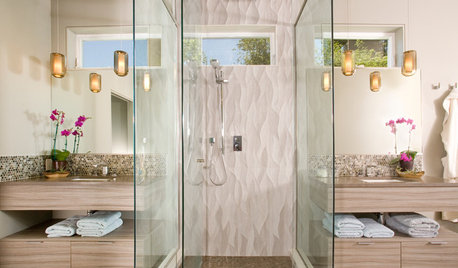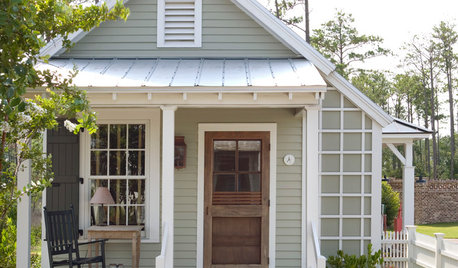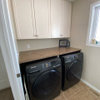Wowee . . . do you really use that 205-degree water?
tigerpurring
17 years ago
Related Stories

BATHROOM DESIGN8 Stunning and Soothing Shower Designs
Step into these brave bathroom designs, from Roman inspired to supermodern, and let the ideas wash over you
Full Story
MOVINGHow to Avoid Paying Too Much for a House
Use the power of comps to gauge a home’s affordability and submit the right bid
Full Story
LIVING ROOMSNew This Week: Why Blue Is the Perfect Accent Color for a Living Room
Look to these 4 spaces for a dose of relaxation
Full Story





housekeeping
mielemiele
Related Discussions
heat transfer with 70 degree water.
Q
Watering Cottage Gardens - Do You, How Do You, How Much
Q
Safest hot water heater temperature setting 120 degrees
Q
You Guys Still Swimming? Water 84 Degrees Here. What's Yours?
Q
dross
tigerpurringOriginal Author
jamesk
dross
benbow
Cadyren
aquarius2101
dross
aquarius2101
whirlpool_trainee
krustytopp
dross
aquarius2101
kitchenobsessed
whirlpool_trainee
tigerpurringOriginal Author
dross
dadoes
whirlpool_trainee
mielemiele
tigerpurringOriginal Author
cimberlie_desade
sshrivastava
tigerpurringOriginal Author
rpsinfoman
washer_man
dross
danimalx
cuffs054